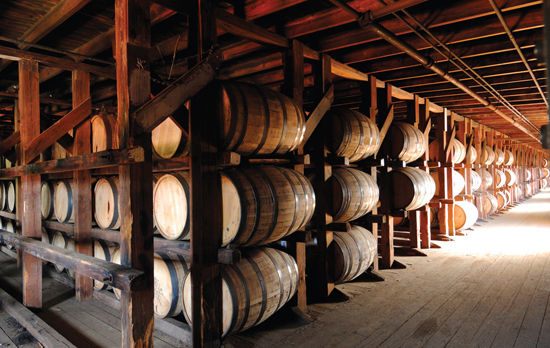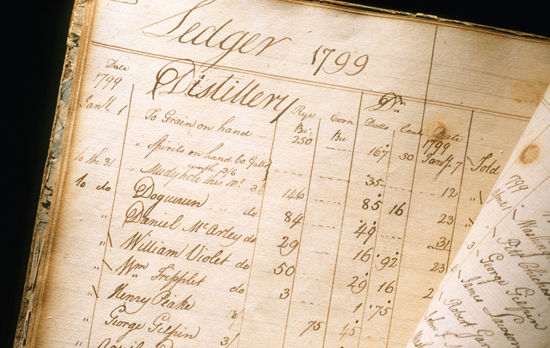Copyright 2015 by Noah Rothbaum
All rights reserved.
Published in the United States by Ten Speed Press, an imprint of the Crown Publishing Group, a division of Random House LLC, a Penguin Random House Company, New York.
www.crownpublishing.com
www.tenspeed.com
Ten Speed Press and the Ten Speed Press colophon are registered trademarks of Random House LLC.
Grateful acknowledgment is made to the art and photograph contributors that are listed on .
Library of Congress Cataloging-in-Publication Data
Rothbaum, Noah, author.
The art of American whiskey : a visual history of the nations most storied spirit, through 100 iconic labels / Noah Rothbaum.
pages cm
Includes bibliographical references and index.
1. WhiskeyUnited StatesHistory. I. Title.
TP605.R68 2015
338.7663520973dc23
Hardcover ISBN: 978-1-60774-718-5
eBook ISBN: 978-1-60774-719-2
v3.1

CONTENTS


INTRODUCTION

Ask just about any drinkeror nondrinker, for that matterto identify a bottle of Jack Daniels Tennessee Whiskey on a liquor store shelf. The odds are pretty good that he or she will easily be able to pick out the companys distinctive rectangular bottle and signature black-and-white labelbranding that is arguably as familiar as Pepsis blue-and-red globe, Budweisers old-timey Gothic lettering, and the Anheuser-Busch seal.
American whiskey is currently having an unprecedented revival: according to the Distilled Spirits Council of the United States (DISCUS), sales of bourbon, Tennessee, rye, and corn whiskey were up nearly 37 percent between 2000 and 2013. Yet when it comes to the subject of American whiskey packaging and designthe beauty and artistry of its labels, for examplevery little has been written or said.
Much of the talk, rightly so, has focused on what is in the bottle, and brands have gone to great lengths to highlight their heritage, quality of ingredients, and distilling practices. But there is an equally rich tradition of creating unique and eye-catching branding, which, in my opinion, deserves as much attention and appreciation as any vintage French cognac advertising poster, colorful cigar band, or modern wine label.
When a distillery introduces a new bourbon or rye, ample time goes into the planning of its look and branding strategy. (For example, the label for Jim Beams Jacobs Ghost White Whiskey not only went through multiple iterations but also required an entirely new printing process to make the oval portrait of the companys founder look right.) If things go well, every store and watering hole will stock the spirit, and its trademark will enter the pantheon of household names, joining all-stars like Wild Turkey, Makers Mark, and nonliquor standouts like Kleenex and Coca-Cola.
The same was true of the American whiskey market one hundred years ago: it was highly competitive and driven by catchy brand names and memorable label art. While some whiskies from that era survived and still exist todayincluding Jim Beam, Early Times, the aforementioned Jack Daniels, and arguably the oldest (and aptly named) Old Overholt, which dates back to 1810there were also scores of other whiskey brands, big and small, that disappeared over the years.
Many of them were driven out of business by Prohibition and the two world wars. Others were victims of corporate mergers and changing tastes. Historically, it was common for larger distillers to have regional whiskey lines with strong local followings. The same bourbon or rye might have been sold in ten different markets under ten different names. Thanks to the consolidation of producers and distributors, as well as cable, network television, and the Internets power to shrink the planet, distillers these days focus on building national or international brands. As a result, many of these local brand names have been retired.
Today, the major spirits companies own the intellectual property rights to dozens of dormant whiskies. Every so often, one of these ancient brands is dusted off and resuscitated, like E. H. Taylor, which was reintroduced in 2011, becoming a name once again familiar among drinkers and bartenders. These trademarks are valuable and are often bought or traded by liquor companies. (Sometimes, to keep the rights from expiring, just a single case of alcohol is produced and sold in a sleepy market where it wont get much attention.)
As a whiskey drinker, I long to taste these so-called ghost spirits, which have been off the market for years. (I am not alonethere is an increasingly lucrative market for buying and selling vintage American whiskies, online and at auction.) For reasons of scarcity and finances, my dream will no doubt stay just that; however, I have been able to track down some of the historic labels from these long-lost brands. They are thrilling to behold on their own, and I admit to fantasizing about their flavor profiles and pulling together imaginary tasting notes for each one of them.
Most of the art is done in a style that combines regional and folksy iconography with classic industrial design. The spirits companies usually created the art in-house or used local designers. These amazingly colorful and charming labels are often the last links we have to the pioneers of the whiskey industry and are a piece of American history.
Many of these whiskies and their accompanying logos have floated down to us on a grand river of alcohol, passed from one liquor companys portfolio to another. In the process, they tend to lose much of their history and even geographical ties. (For instance, before Prohibition, the mid-Atlantic states were famous for rye whiskey, but those brands either went out business or, like Rittenhouse Rye and Michters, are now based in Kentucky.) But despite their circuitous paths, they have managed to retain their beauty and capture a real moment in time.
For this book I have chosen labels from brands that are long gone, like O. F. C. and Belle of Lincoln, and also ones from brands that are still with us, like Pappy Van Winkle and Four Roses, as well as new additions to the market. They represent the major periods of American-whiskey historyfrom its golden age, through Prohibition, and up to the modern craft-distilling boomand are also a survey of American industrial design. This collection is, of course, the perfect accompaniment to a dram of your favorite whiskey. Cheers!
Production at George Washingtons distillery was carefully tracked in the farms ledger, including the fact that he paid taxes on his whiskey production.

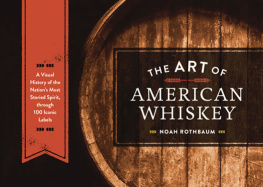

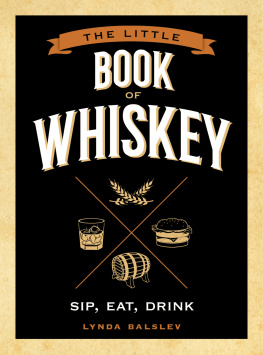
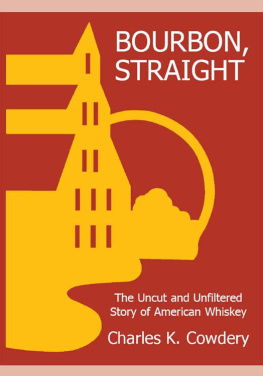
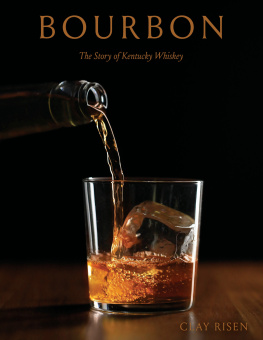
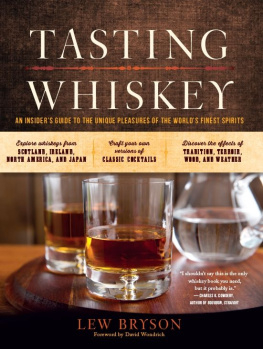
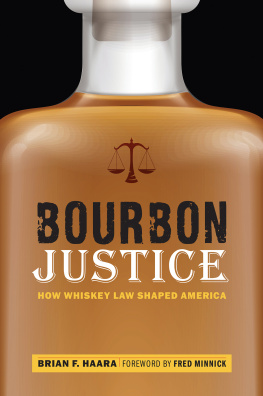
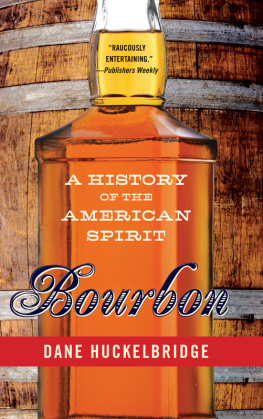
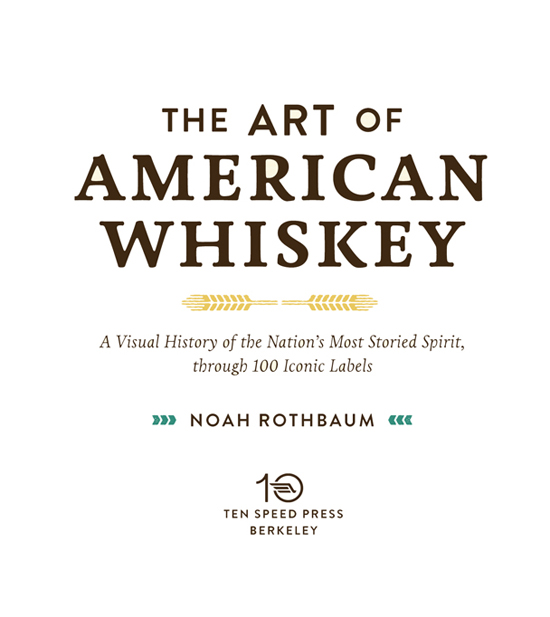

 CONTENTS
CONTENTS 
